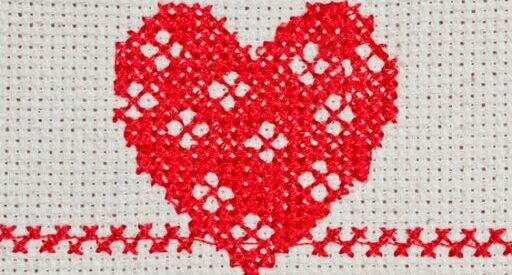Master Essential Sewing Techniques for Perfect Craftsmanship
Sewing is a timeless craft that has evolved into an essential skill for creating and mending garments, home decor, and more. The article *Master Essential Sewing Techniques* delves into the core skills every sewing enthusiast should master.
Whether you’re a novice or an experienced seamstress, understanding these techniques can significantly enhance your sewing projects and ensure professional-quality results. In this blog post, we’ll explore the key points covered in the article and provide additional insights to help you refine your sewing expertise.
Table of Contents
Understanding the Basics of Sewing
Before diving into advanced techniques, it’s crucial to have a firm grasp of the basic sewing skills. These foundational techniques are the building blocks for more complex projects.
Here are some essential skills every sewer should master:
- Threading a Needle: This fundamental skill is the first step in any sewing project.
- Basic Stitches: Learn how to execute straight stitches, backstitches, and whip stitches, which are the cornerstone of hand sewing.
- Using a Sewing Machine: Familiarize yourself with the parts and functions of your sewing machine to ensure smooth operation.
- Cutting Fabric: Properly cutting fabric is crucial for accurate pattern pieces and fitting.
Threading a Needle
Threading a needle may seem simple, but it requires precision and patience. To start, cut a length of thread and moisten the end to prevent fraying.
Hold the needle steady and gently push the thread through the eye of the needle. Once threaded, tie a knot at the end of the thread to secure it.
Basic Stitches
Mastering basic stitches is essential for any sewing project. The straight stitch is the most common and is used for seams and hems.
The backstitch is stronger and ideal for securing seams, while the whip stitch is perfect for closing gaps in seams or attaching appliques.
Advanced Sewing Techniques
Once you’ve mastered the basics, it’s time to explore more advanced techniques that can elevate your sewing projects. These skills will allow you to tackle more complex patterns and achieve a professional finish.
Seam Finishing
Finishing seams is crucial to prevent fraying and ensure the longevity of your garments. Popular seam finishes include:
- Zigzag Stitch: This finish is quick and effective for most fabrics.
- French Seam: Ideal for delicate fabrics, this technique encloses raw edges for a clean finish.
- Serger: A serger machine trims and finishes seams in one step, providing a professional look.
Installing Zippers
Installing zippers can be daunting, but with practice, it becomes a straightforward task. There are various types of zippers, including centered, lapped, and invisible zippers.
Each type requires a different installation technique, but the key is to sew slowly and ensure the zipper is aligned correctly with the fabric.
Specialized Sewing Techniques
For those looking to expand their sewing repertoire, specialized techniques can open up new possibilities. These methods are often used in couture and high-fashion sewing.
Applique
Applique involves attaching pieces of fabric onto a larger fabric surface to create designs or patterns. This technique can be done by hand or machine and adds a decorative touch to garments and home decor items.
To achieve a clean applique, use a stabilizer to prevent the fabric from shifting and practice precise stitching around the edges of the applique pieces.
Embroidery
Embroidery is the art of decorating fabric with needle and thread. It can be done by hand or with an embroidery machine.
Hand embroidery allows for more intricate designs, while machine embroidery is faster and ideal for larger projects. Common embroidery stitches include the satin stitch, chain stitch, and French knot.
Maintaining Your Sewing Tools
Proper maintenance of your sewing tools is essential for achieving the best results. Regularly cleaning and servicing your sewing machine, keeping scissors sharp, and organizing your sewing supplies can make your sewing experience more enjoyable and efficient.
Cleaning Your Sewing Machine
Cleaning your sewing machine involves removing lint and dust that accumulate during sewing. Use a small brush to clean the bobbin area and other accessible parts.
Regularly oiling your machine, as per the manufacturer’s instructions, will keep it running smoothly.
Sharpening Scissors
Sharp scissors are crucial for clean cuts and precise fabric edges. Use a sharpening stone or take your scissors to a professional sharpening service to maintain their edge.
Avoid cutting paper or other materials with your fabric scissors to prevent dulling.
Conclusion
Mastering essential sewing techniques is a journey that requires practice and patience.
By building a strong foundation with basic skills and gradually incorporating advanced and specialized techniques, you can transform your sewing projects into professional-quality creations.
For more detailed instructions and visual guides, you can refer to the comprehensive article *Master Essential Sewing Techniques* on MSN.
Happy sewing!


